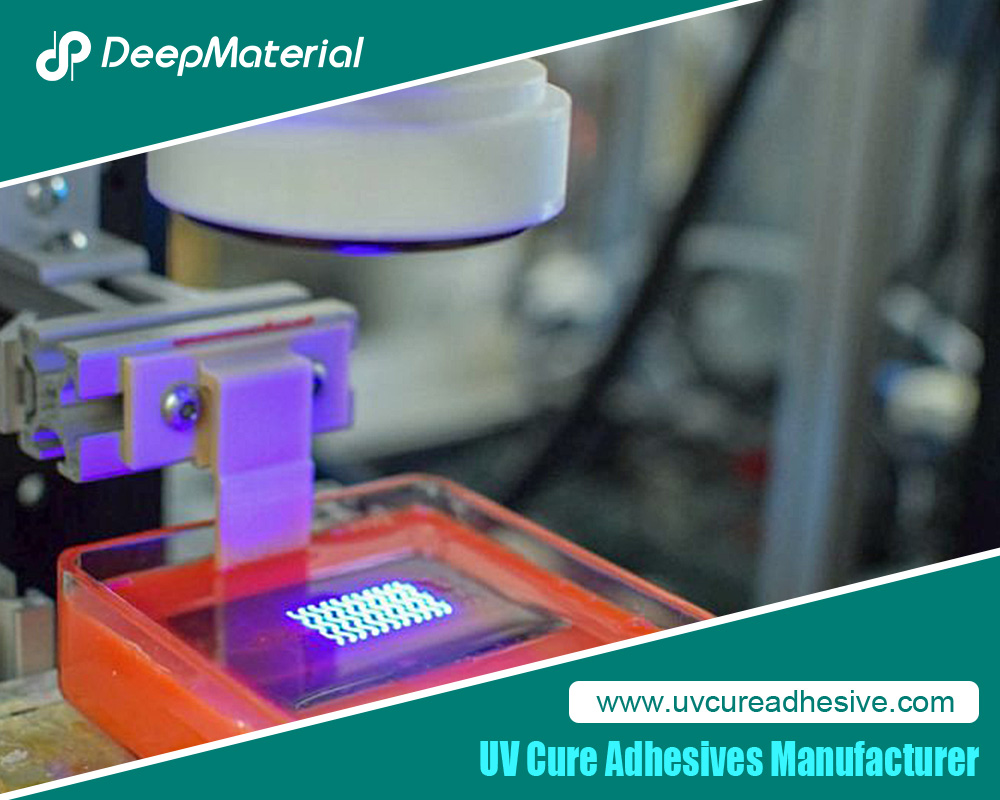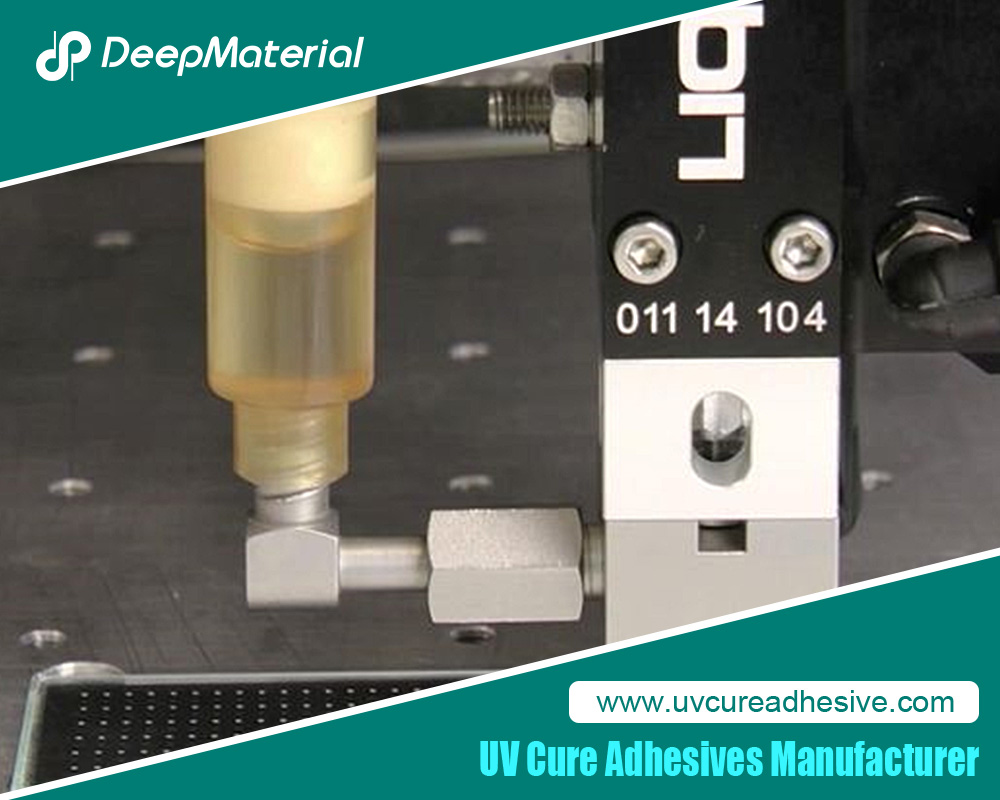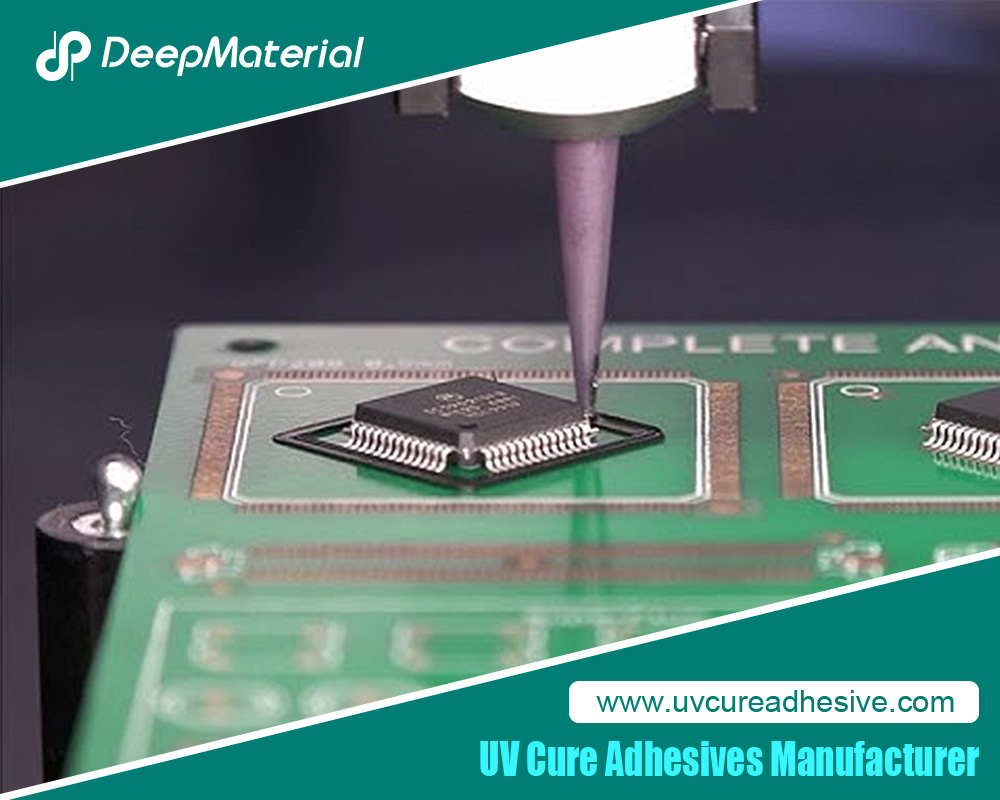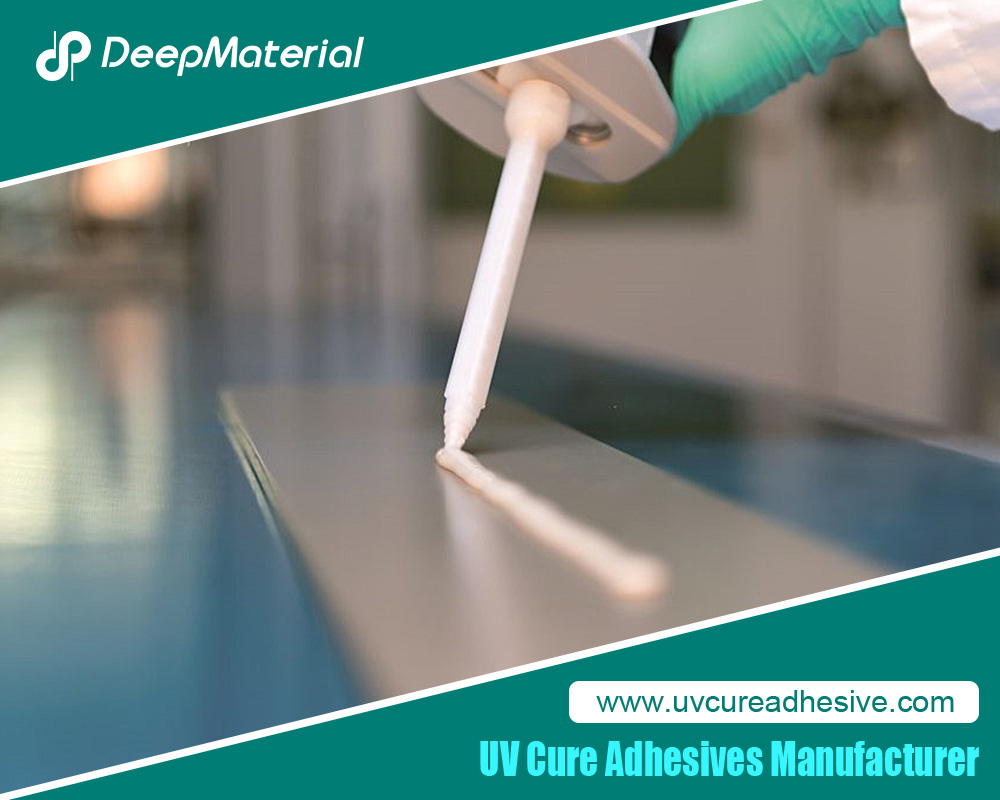Expert Advice on Storing and Handling the Best UV Cure Adhesive Glue For Polypropylene
UV Cure Adhesive Glue is a special kind of glue that gets hard under UV light. It’s used a lot because it can stick different things together. One of its big wins is with polypropylene. This is a kind of plastic that’s tough, doesn’t weigh much, and doesn’t react much with chemicals. The trouble is, it’s not easy to make things stick to it because it’s kind of slippery. But this glue can handle it, making a tight and lasting bond.

Importance of Proper Storage and Handling
For this glue to stay good and work right, you’ve got to keep and handle it the right way. Things like heat, wetness, and light can ruin it. You want to put it somewhere cool and dry, far from sunlight or any UV light. Also, make sure the glue’s container is shut tight when you’re not using it to keep air and moisture out.
When you’re working with this glue, it’s smart to wear gloves and something to protect your eyes. It’s also key to follow what the glue’s maker says about how warm or cold it should be and how long you can keep it. Taking care of your glue this way means it’ll do its job well for a long time.
Understanding the Properties of Polypropylene
Polypropylene has special chemical and physical traits, which is why many people use it for different things. From a chemical point of view, polypropylene does not react much with solvents, acids, or bases. This makes it a good choice for places where it might touch different chemicals. Also, polypropylene’s surface does not let things stick to it easily.
Talking about its physical traits, polypropylene is light and strong, which makes it tough and useful for many purposes. But, these same traits can make it hard to stick things to it because its surface doesn’t let adhesives spread well or stick properly. Knowing all about these traits helps when you need to pick the right glue and how to use it best.
Preparing the Surface for Bonding
Getting the polypropylene ready to stick to something is very important for making sure the glue works well. Making the surface better for the glue involves a few steps. First, you need to clean it well to get rid of any dirt or stuff that shouldn’t be there. You can use a gentle cleaning solution or a specific kind of solvent for this.
Once the surface is clean, making it a bit rough can help the glue stick better. You can do this by lightly sanding the surface or using a chemical to etch it. After making the surface rough, wipe it down with a cloth that doesn’t leave any lint to get rid of any leftover bits before you put on the glue.
Applying the Adhesive Glue
Putting UV Cure Adhesive Glue on polypropylene surfaces can be done in a few ways. One way is by using a brush or an applicator. This method lets you control how much glue you put on and helps spread it evenly.
Another way is spraying the glue on the surface with a spray gun or an aerosol can. This is good for big or oddly shaped surfaces and covers them quickly and evenly.
No matter which method you choose, make sure to put on a thin, even layer of glue. Putting too much glue can make the bond weak or make it take longer to harden. Also, try not to trap any air bubbles under the glue because they can make the bond weaker.
Curing the Adhesive Glue
Curing is when the UV Cure Adhesive Glue gets hard after being exposed to UV light. The curing process can change based on how strong the UV light is, how thick the glue layer is, and if there are any substances in the glue that make it harden faster or slower.
To make sure the glue hardens properly, use a UV light that shines the right kind of light for the glue you’re using. The company that made the glue will tell you how long and how intensely to shine the UV light for the best results. It’s very important to follow these instructions to get the strongest bond.
When curing the glue, make sure the light hits the glue evenly. You can do this with a UV light that shines evenly or by moving the item so all parts get exposed to the light.
Post-Cure Inspection and Testing
After curing, checking the work and testing it are key steps. They make sure the bond is strong and without flaws. This step spots any problems that might have popped up while bonding. A simple eye check can catch issues like not fully cured parts, gaps, or uneven bonding.
For testing, you might do peel, shear, or lap shear tests based on what you need. These tests check how strong and lasting the bond is under various situations and pressures. Doing these tests the right way, following industry rules, gets you reliable results.
Common Mistakes to Avoid
While working with UV Cure Adhesive Glue for sticking polypropylene together, try not to make these usual errors. A big mistake is picking the wrong glue that’s not meant for polypropylene. Make sure you choose a glue made for polypropylene and use it as suggested.
Not preparing the surface right is another mistake. Skipping cleaning or not roughening the polypropylene surface enough can lead to weak bonds or the bond not holding. Always clean and roughen the surface well before you apply the glue.
Also, don’t put on too much glue. Too much glue can weaken the bond or make it take longer to cure. A thin, even layer of glue is best. And avoid letting air get trapped between the glue and the surface, as it can weaken the bond.
Safety Precautions for Handling UV Cure Adhesive Glue
When using UV Cure Adhesive Glue, safety first. This glue has chemicals that could be harmful. So, you should wear gloves, safety glasses, and something to cover your clothes, like a lab coat or apron.
Make sure you’re in a place with good air flow to avoid breathing in bad fumes. If you’re in a small room, you might need extra air flow or even a mask.
If you get this glue on your skin or in your eyes, wash it off with lots of water. If you feel bad after, go see a doctor. Also, make sure to throw away any glue you don’t use the right way.

Conclusion and Final Thoughts
To wrap up, UV Cure Adhesive Glue is great for sticking polypropylene things together. Knowing about polypropylene and how to store, handle, get surfaces ready, apply, cure, and check the glue after can help make strong bonds. Remember to not make common mistakes and always be safe when using this glue. Following these tips, you can use UV Cure Adhesive Glue well and make the most of it for different needs.
For more about choosing a comprehensive guide to the Best UV Cure Adhesive Glue For Polypropylene, you can pay a visit to DeepMaterial at https://www.uvcureadhesive.com/ for more info.



